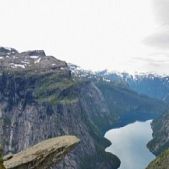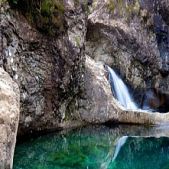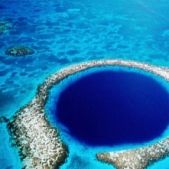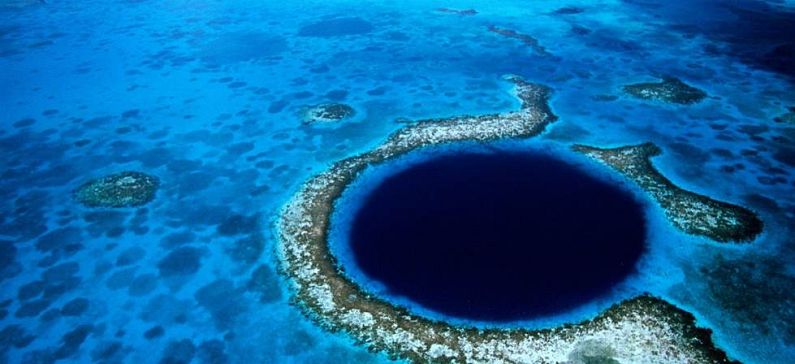
A Greek island among the 19 most breathtaking views on Earth
Travelversed and its editors published a list with the 19 most breathtaking views on Earth. Grand Canyon offers the most breathtaking view and it is followed by Trolltunga in Norway and Bagan in Myanmar. Greece could not be missing from the list and we find a cave of a greek island on number 18. In ancient Greek mythology, this cave was the bathing place of nymphs.
This magical place is Melissani Cave, located on the island of Kefalonia.
Read below the list with the 19 places that will take your breath away:
1. Grand Canyon, USA
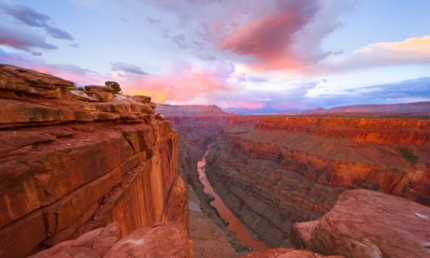
Arguably the most impressive canyon in the world, the Grand Canyon was carved out over millions of years by the Colorado River. The Grand Canyon is 446 kilometers long, and visitors can see stunning views of the layered details and carved-out rocks from almost any point along the rim, especially on a clear day. The canyon stretches as far as the eye can see, and intrepid hikers can climb down into the canyon for an amazing series of hikes and boat rides.
2. Trolltunga, Norway

Trolltunga (Troll’s Tongue) is one of the most jaw-dropping scenic lookouts in the world. Erosion has carved out a narrow jetty of rock that juts out of the mountain 700 meters above the earth. Visitors to the site can see Lake Ringedalsvatnet winding through the mountains and glaciers in the distance. The Trolltunga is the culmination of an 8 to 10 hour journey through the Skjeggedal region, taking hikers through the stunning mountains, glaciers and fjords of Norway.
3. Bagan, Myanmar
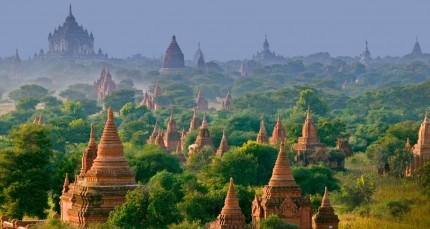
Bagan is an archaeological preserve located in Myanmar, and is the site of the ancient capital of the Kingdom of Pagan. It is the largest and densest concentration of Buddhist temples and pagodas in the world, with many dating from between the 9th and 13th centuries. The sheer quantity and variety of ruins is stunning, set against a backdrop of ancient trees. Visitors who want to see as much as possible can rent a horse-cart, bike, or even take a hot air balloon ride over the ruins.
4. Phraya Nakhon Cave, Thailand
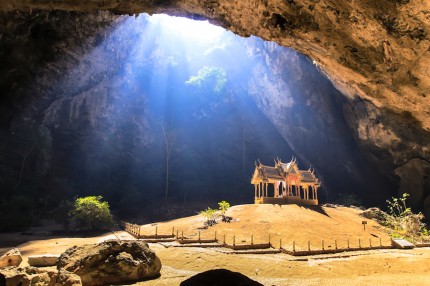
The gorgeous Phraya Nakhon Cave is located within the lush environment of the Khao Sam Roi Yot National Park in Thailand. The national park is almost 100 square kilometers, and is the first coastal national park in Thailand. Phraya Nakhon Cave is accessible by foot or boat, and is most spectacular at around 11am, when the sun is right overhead and illuminates the Kuha Karuhas pavilion that was built in one of the two cave chambers. Both chambers are open to the sky, and are filled with waterfalls, trees and magnificent stalagmites and stalactites.
5. Lake Louise, Canada
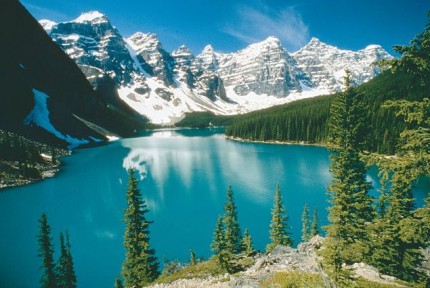
Lake Louise can be seen as a microcosm of the Canadian natural environment, wrapped up in one perfect package. Views from the hiking trails near the lake feature not only the jagged, snow-topped peaks of Banff National Park, but in the summer the stunning lake is a gorgeous tropical blue, contrasting with the massive evergreen forest that encircles the area. It’s the perfect place to go to feel completely surrounded by nature.
6. Machu Picchu, Peru
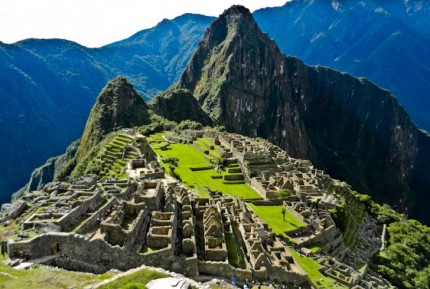
As the most iconic symbol of the Incan civilization, Machu Picchu has risen in popularity over the years as a hiking destination for those who are interested in stunning natural views as well as archaeological ruins. Those who make it to the top are treated an uninterrupted view of the surrounding peaks in Sacred Valley. Archaeologists are still debating about what the function of the site could have been, and are struggling with the challenge of excavation while it still functions as a tourist destination.
7. The Northern Lights
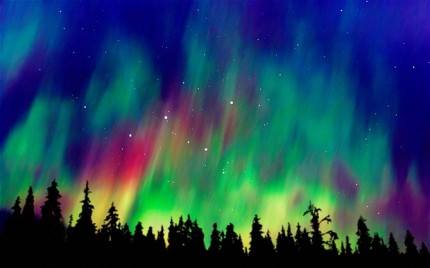
The Aurora Borealis (Northern Lights) are visible to anyone lucky enough to be in the right place at the right time. Scandinavian countries, as well as towns in the north of Scotland, Iceland, and the northernmost provinces of Canada are the best places to see the Northern Lights, especially in the winter. This phenomenon is caused by electrically charged particles from the sun interacting with the Earth’s atmosphere. It is common to see the Northern Lights in shades of green and pink, but shades of purple, blue, and red have also been recorded.
8. Corcovado Mountain, Brazil

The statue of Cristo Redentor (Christ the Redeemer) marks the spot of one of the most beautiful panorama views in all of South America. Standing at 38 meters high, the statue of Jesus that was raised in 1931 has been the most enduring symbol of Brazil since its construction. The viewing platform beneath the statue is accessible by elevator or stairs, and on a sunny day travelers can see as far as downtown Rio de Janeiro, as well as nearby mountains and beaches.
9. Fingal’s Cave, Scotland
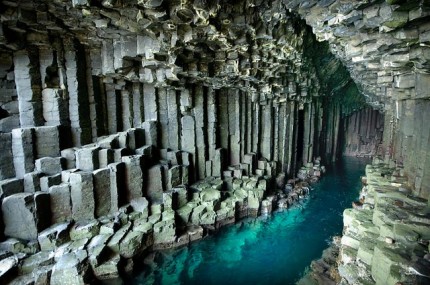
Fingal’s Cave is located on the Island of Staffa, Scotland. When viewed from the sea, the cave opening can be seen supported by mountains of hexagonal basalt columns — a formation caused by lava flow many thousands of years ago. The astounding rock formations that make up the cave walls have also created one of the most naturally superb acoustic sounding chambers in the world. The echo of the waves crashing against the mouth of the cave are naturally amplified, and create an eerie melody that has inspired many musicians and artists over the years.
10. Waitomo Caves, New Zealand
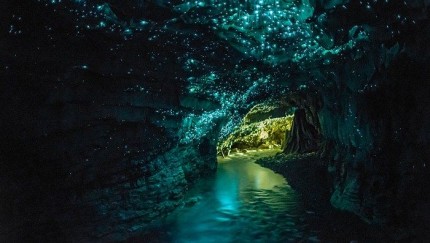
These caves are rarely called by their true name, but are instead known as the Glow Worm Caves of New Zealand. Located on the North Island, these caves are a popular tourist attraction due to their population of glow worms, a species found only in New Zealand. Visitors can take a tour that passes through different chambers of the caves, and ends in a boat tour of the glow worm grotto, where the only light come from the glow worms which illuminate the cave like stars.
11. Salar de Uyuni, Bolivia
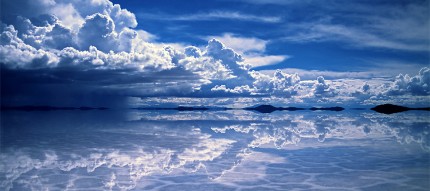
The Salt Flats of Bolivia are breathtaking in their sheer strangeness. Salar de Uyuni is one of the flattest places in the world, with a variance of only about a meter over the whole 10 thousand square kilometer surface. Combined with the thin layer of water which covers the salt flats every year, this creates a mirror effect which reflects the sky and clouds above. It can be jarring to see it for the first time, and realize that you aren’t sure anymore which way is up.
12. Fairy Pools, Isle of Skye, Scotland

The Fairy Pools on the Isle of Skye are tiny pieces of perfection located in the middle of the wild moors of Scotland. The little pools are often fed by waterfall, and the slick pebbles at the bottom can be seen through the crystal clear water. These pools are deep enough for swimming, although the freezing cold water is a deterrent to many. Most hikers who are lucky enough to find the pools are content to just take pictures, as the blue water and the natural mineral deposits on the rocks surrounding the pools make for a very striking photograph.
13. Cliffs of Dover, England
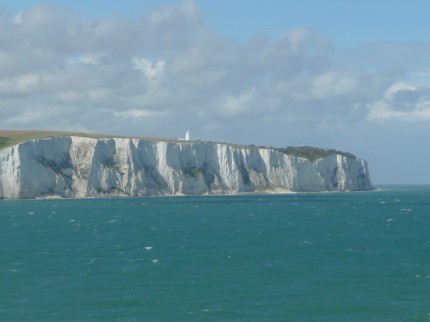
The white cliffs of Dover are the most iconic part of the English coastline, often the first or the last part of England that travelers would see. Their iconic white color is due to the large amount of chalk present in the composition of the rock, which reaches over 100 meters at their highest point. Walking along the bluffs, travelers are treated to the sight of the stark white cliffs against a background of the blue sea. On a clear day, the white cliffs can be seen across the English Channel in France.
14. Erta Ale, Ethiopia
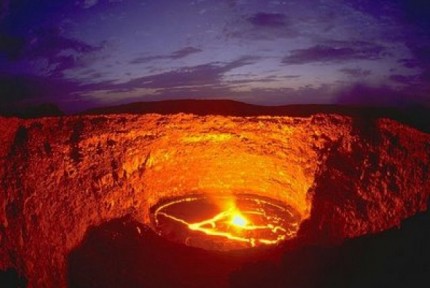
Erta Ale is an active volcano in the heart of the Afar region of Ethiopia. This volcano is the most active in the country, and if visitors can survive the intense heat to make it to the heart of the volcano, they are treated to one of the most stunning sights in the world: a smoking lake of entirely molten lava that is one of only 6 lava lakes in the world.
15. Jökulsárlón, Iceland
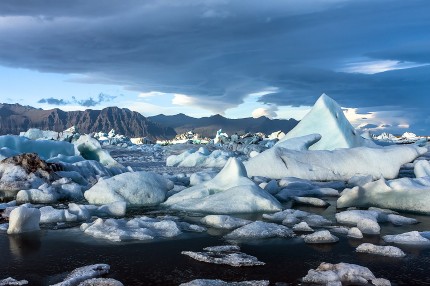
The experience of seeing huge, deep blue-green icebergs floating in a tranquil lagoon is something many people have to see to believe. This glacial lagoon is the home of many large icebergs that have broken off nearby glaciers. Visitors are able to take boat tours where it’s possible to reach up and touch a piece of centuries-old glacier, or search for washed up icebergs along the shore. For the most breathtaking experience possible, try and time your visit for sunrise or sunset to see the shifting colors of the sky against a backdrop of ice.
16. Zhangye Danxia National Geological Park, China
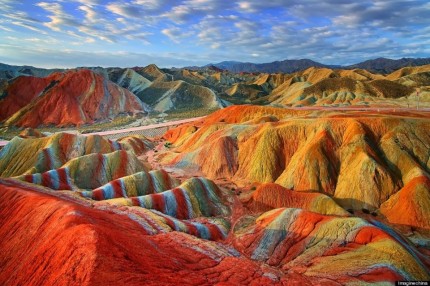
This area covers 510 square kilometers of the Zhangye city area, and is known worldwide for its colorful rock formations. The rippling stones of the geological park are often said to look spray-painted, but are in fact a result of sandstone and other mineral deposits layering over each other over the course of 24 million years. The resulting stone has been sculpted by rain and wind into pillars and valleys, which can be seen by visitors using recently created walkways and trails.
17. Suspension Bridge over Dachstein Glacier, Austria
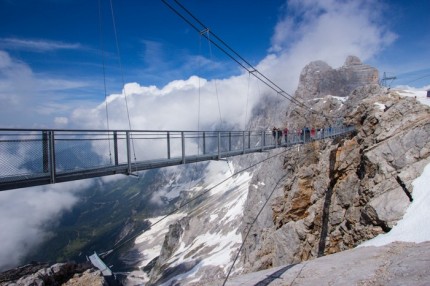
The Dachstein Glacier is one of the most visited sections of The Alps, and Austrian officials have recently made the experience of viewing the Dachstein peaks even more exciting by building a suspension bridge overlooking the glacier valley. The bravest ones of all can even choose to step out on to the “stairway to nothingness,” which ends in a glass platform that creates the feeling of standing unsupported 500 meters in the air above the glaciers.
18. Melissani Cave, Kefalonia Greece
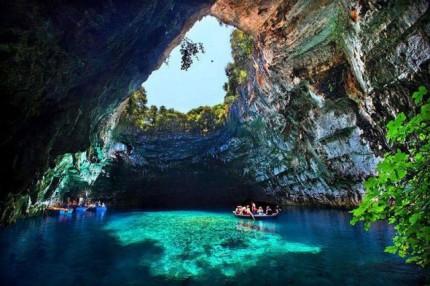
Melissani Cave is located on the island of Kefalonia, Greece. In ancient Greek mythology, this cave was the bathing place of nymphs, and it’s easy to see why. Heading past the overhanging mouth of a cave on a small boat leads you to the opening, which provides an amazing view of both the sky and forest surrounding the cave, as well as the clear blue water underneath. Archaeological digs within the 3.5 kilometer cave have also uncovered an ancient sanctuary dedicated to the god Pan, complete with clay statuettes and plates depicting women and girls dancing in the cave.
19. Great Blue Hole, Belize

The Great Blue Hole is the nickname of a gigantic underwater sinkhole, located just off the coast of Belize. It began as a cave that was created through erosion when the water level of the ocean was much lower, but was then flooded as the levels rose over time. This is a popular diving spot, made famous by eminent explorer Jacques Cousteau, who declared it one of the top ten scuba diving locations in the world. The cave is remarkable not only because of its amazing appearance, but it also hosts many rare species of fish.








